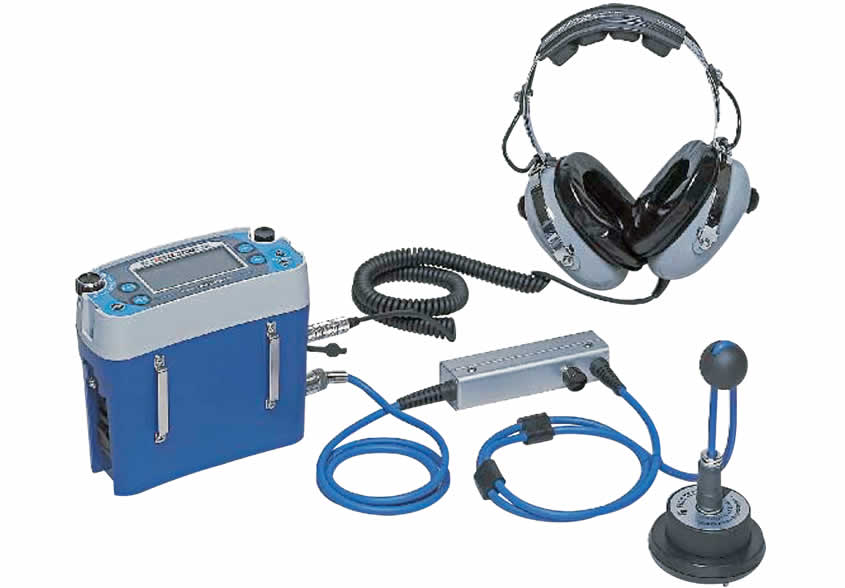Specialist Water Leak Detection Providers: Shield Your Home from Expensive Damage
Specialist Water Leak Detection Providers: Shield Your Home from Expensive Damage
Blog Article
Ingenious Solutions for Very Early Detection of Water Leakages in Structures and Infrastructure
As the integrity of structures and facilities is paramount, the difficulty of early discovery of water leaks has actually spurred ingenious services that promise to revolutionize the way we guard versus possible damages. From advanced leak discovery innovations to the release of IoT sensing units for real-time surveillance, the landscape of leak prevention is evolving rapidly. Artificial intelligence algorithms offer a glance right into the future of leakage forecast, while thermal imaging offers a non-intrusive approach for determining hidden leaks. Automated water circulation analysis systems are reshaping exactly how leakages are identified and dealt with, leading the method for a positive method to water leak detection. Each of these solutions holds the essential to making certain the integrity and durability of our built setting, triggering a shift in the direction of an extra sustainable and effective future.
Advanced Leak Detection Technologies
Advanced leak discovery technologies, equipped with innovative sensing units and algorithms, play a crucial duty in quickly recognizing and pinpointing water leaks in different setups. Electro-magnetic sensing units can determine adjustments in electro-magnetic fields caused by water, offering yet another layer of leakage discovery capacity.

IoT Sensors for Real-Time Monitoring
In the realm of modern-day water leakage detection, the combination of IoT sensing units for real-time surveillance represents a pivotal development in enhancing positive leakage discovery capacities. These sensors offer continuous surveillance of water systems, offering real-time information on water circulation prices, stress variants, and temperature level adjustments. By leveraging IoT innovation, these sensors can identify even the tiniest anomalies in water use patterns, allowing very early identification of potential leakages before they escalate into significant issues.
IoT sensors send data to a central platform, where sophisticated algorithms analyze the details and create informs or alerts when abnormalities are detected. This real-time surveillance capability enables building owners or center managers to promptly attend to leakages, reducing water damage, reducing repair service expenses, and saving water sources.
Moreover, IoT sensors can be incorporated with building administration systems, permitting for computerized feedbacks to spotted leakages, such as turning off water valves or turning on pumps to minimize the influence of leakages. Generally, the application of IoT sensing units for real-time monitoring considerably enhances the efficiency and efficiency of water leak discovery try this website in structures and framework.
Equipment Learning Algorithms for Leakage Forecast

One key benefit of utilizing maker understanding for leakage forecast is its capacity to constantly learn and boost its accuracy gradually. As even more information is collected and fed right into the algorithm, it can improve its predictions and adapt to transforming conditions, ultimately boosting the integrity of leak discovery systems.
In addition, equipment knowing explanation algorithms can help in identifying refined indicators of leakages that might go unnoticed by typical surveillance approaches. water leak detection. By analyzing complex information sets in real-time, these algorithms can give early cautions and notifies, enabling for timely treatment and preventive upkeep to alleviate potential water damages and associated prices
Using Thermal Imaging for Leak Discovery
Thermal imaging modern technology uses a promising technique for discovering water leaks in numerous systems and infrastructures. By making use of infrared radiation and temperature level differences, thermal imaging cameras can determine surprise leakages that are not easily visible to the nude eye. When water escapes from pipes or frameworks, it frequently alters the temperature level of the bordering area, creating temperature level differentials that thermal video cameras can capture. These temperature level irregularities are then equated into noticeable photos, highlighting the precise place of the leakage.
Among the crucial advantages of thermal imaging for leakage detection is its non-intrusive nature. Unlike traditional approaches that might need burglarizing wall surfaces or floorings to situate leaks, thermal imaging enables for non-destructive screening. This link not just saves time and lowers expenses but also minimizes interruption to the structure or infrastructure being examined. Furthermore, thermal imaging can quickly scan big areas, supplying a thorough overview of prospective leak sources in a prompt fashion. In general, making use of thermal imaging innovation boosts the efficiency and precision of water leakage discovery, making it a valuable tool for keeping the stability of buildings and frameworks.
Automated Water Circulation Analysis Systems
Exactly how can automated water flow analysis systems change the discovery and management of leaks in different systems and infrastructures? Automated water flow analysis systems offer an aggressive strategy to leakage discovery by continually keeping track of water flow rates and patterns. By establishing baseline information, these systems can quickly identify deviations that may indicate a leak, making it possible for timely intervention to avoid considerable damage.
These systems utilize advanced algorithms to examine real-time data and provide prompt alerts when anomalies are discovered, enabling quick activity to be taken. Additionally, automatic water flow evaluation systems can be incorporated with building management systems or IoT platforms, boosting general performance and enabling remote tracking capacities.
Additionally, the information gathered by these systems can be used for anticipating upkeep purposes, aiding to recognize possible weak factors in the framework prior to leakages take place. Overall, the implementation of computerized water circulation analysis systems can considerably enhance leak detection and monitoring methods, inevitably causing cost savings, reduced water waste, and raised sustainability in structures and framework.

Final Thought
Finally, the combination of advanced leak discovery modern technologies, IoT sensors, maker understanding formulas, thermal imaging, and computerized water flow evaluation systems offers ingenious options for early detection of water leakages in structures and facilities. These modern technologies allow real-time surveillance, forecast of leaks, and reliable discovery methods to stop water damage and wastefulness. Executing these solutions can help in maintaining the stability and sustainability of water systems in various settings.
Report this page